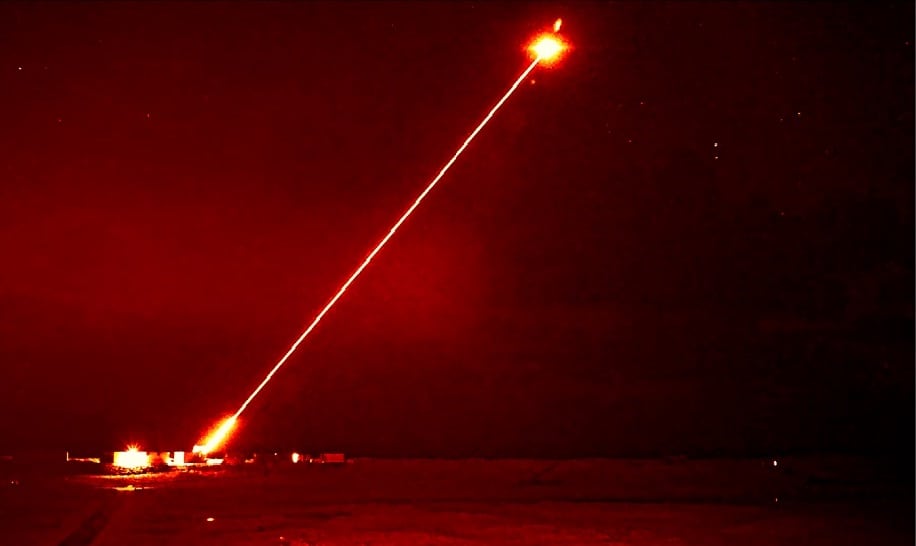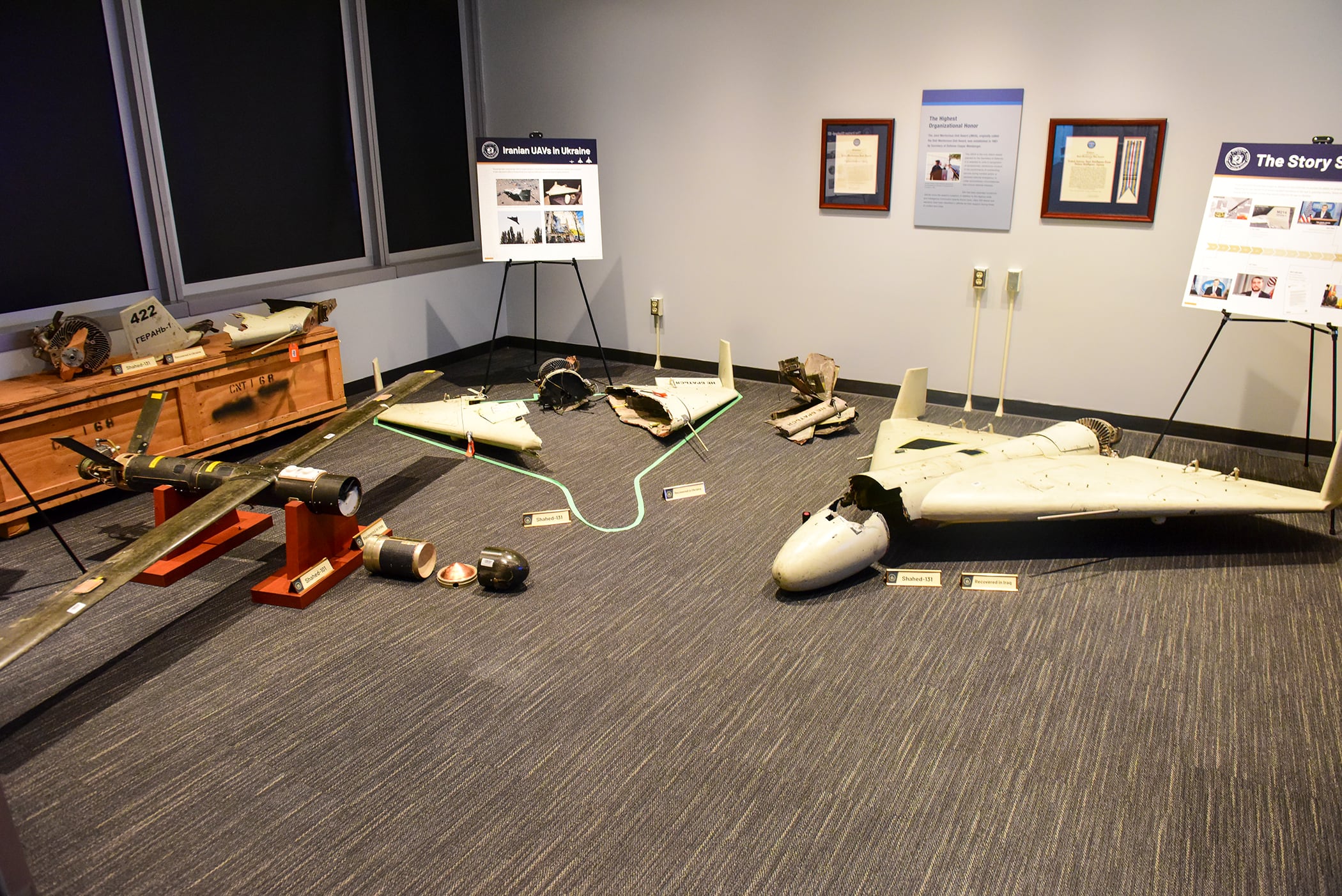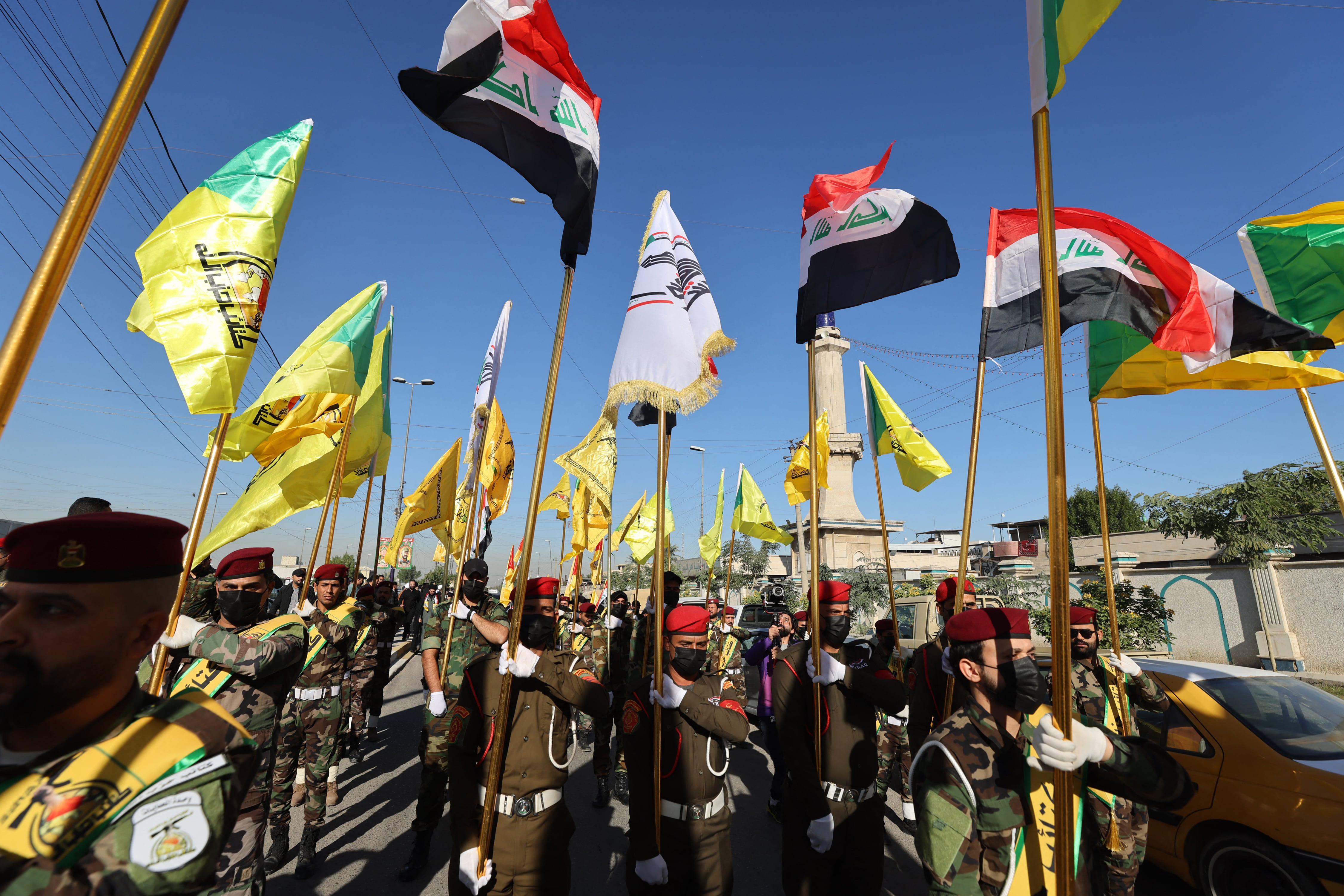WASHINGTON — A drone strike that killed three U.S. troops and injured dozens more in Jordan could have been executed with a number of airframes but bore the signs of an extremist group with access to Iranian weaponry, according to the U.S. Department of Defense and outside analysts.
While the department investigates what type of drone slipped past air defenses and hit a desert installation known as Tower 22 near Syria, preliminary evidence suggests the attack was the workings of Kataib Hezbollah, according to Pentagon spokesperson Sabrina Singh. The group emerged in the early 2000s and has since been blamed for violence across Iraq.
“In terms of attribution for the attack, we know this is an [Islamic Revolutionary Guard Corps]-backed militia. It has the footprints of Kataib Hezbollah, but not making a final assessment on that,” she said during a Jan. 29 briefing at the Pentagon. “Our teams are continuing to do the analysis, but we know Iran is behind it.”
The Iranian government denied involvement but has long supplied combatants in advancement of its own goals.
Assets from the regime have been used by Houthi rebels in Yemen to harass ships in the Red Sea and Gulf of Aden, deployed by Russian forces in their continued invasion of Ukraine and were reportedly exported to Ethiopia and Sudan.
“There are a whole host of airframes and systems that Iran-backed militias in Iraq have been parading for the past few years that show telltale signs of Iranian support,” Behnam Ben Taleblu, a senior fellow at the Foundation for Defense of Democracies think tank, told C4ISRNET. “Via these parades, we have seen Iran-backed groups tip their hand as to new capabilities made available by their patron in Tehran.”
RELATED

Such armaments include reusable Mohajer unmanned aerial vehicles capable of dropping bombs and smaller one-way attack drones such as the Shahed series.
The Defense Intelligence Agency, a principal source of foreign intelligence for U.S. military endeavors, in August showed reporters charred remains of Shahed-101 and Shahed-131 drones and at least one defused warhead with a shaped charge, meant to punch through armor, and fragmenting cubes designed to harm personnel. The pieces were recovered from fighting well beyond Iran’s borders and assembled stateside for accountability.
“As has been the case in other theaters, one-way attack UAVs, popularly known as suicide drones, function as the poor man’s cruise missile. This means a lower and slower threat with a different flight profile compared to rockets and missiles that can take various angles of attack,” Taleblu said. “They are also cheaper to produce and exemplify the phrase ‘quantity has a quality of its own.’”
The attack on Tower 22, close to the al-Tanf garrison, is among the latest in a barrage targeting U.S. forces. The Defense Department has since mid-October logged at least 165 attacks in the region, including 66 in Iraq and 98 in Syria.
What casts the Tower 22 bombardment in such sharp relief is the fact that it “was so tragically successful,” according to Jonathan Lord, a senior fellow and director of the Middle East Security Program at the Center for a New American Security think tank. That difference could be seen as a significant escalation in an area already inflamed.
“I think it also foot-stomps the fact that these militias have been trying to kill Americans for months. These aren’t shots across the bow, these aren’t warnings or demonstrations of might. They’re trying to kill people,” Lord said in an interview. “I think what is under debate right now is who’s going to bear the brunt of that response, and where will that be borne.”

The U.S. military has successfully countered overhead threats like rocket fire and explosive unmanned systems for months, including in the Red Sea. The guided-missile destroyer Carney in December batted down 14 drones that U.S. Central Command described as a wave.
In some cases, exemplified by the DIA display, scraps can be retrieved and studied. Engines, exhaust pipes, wing stabilizers, circuitry, landing gear and more can all aid experts in identifying make, model or origin.
“There may be recoverable parts. There could be radar reflections the military has that might give them a better sense. They might have more signature information,” Lord said. “I’m certain that CENTCOM knows, exactly, where this originated.”
The Wall Street Journal reported the drone that hit Tower 22 may have been mistaken for an American drone that was in the air at the same time. Defense officials said the circumstances are under investigation.
Colin Demarest was a reporter at C4ISRNET, where he covered military networks, cyber and IT. Colin had previously covered the Department of Energy and its National Nuclear Security Administration — namely Cold War cleanup and nuclear weapons development — for a daily newspaper in South Carolina. Colin is also an award-winning photographer.




